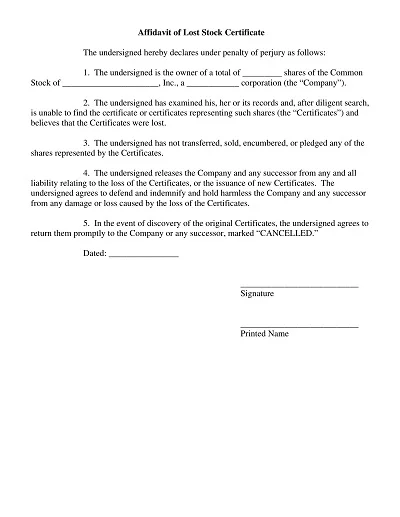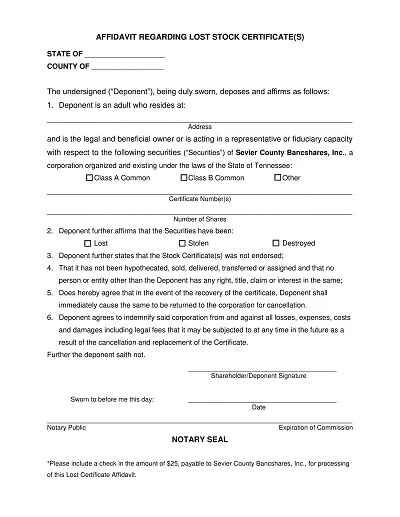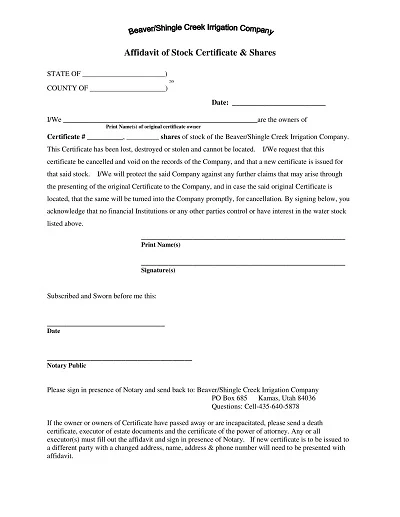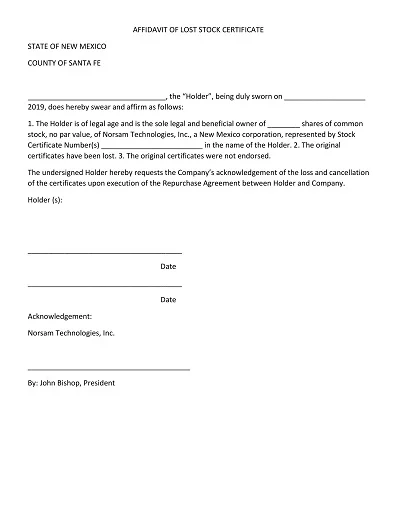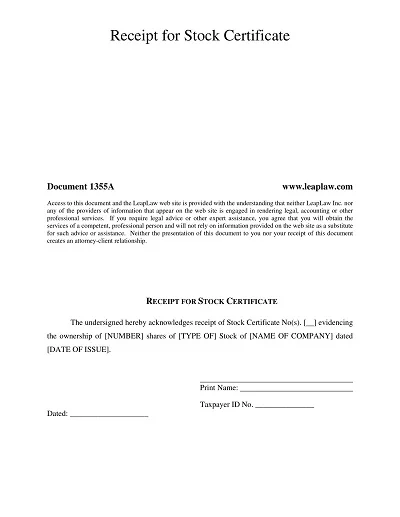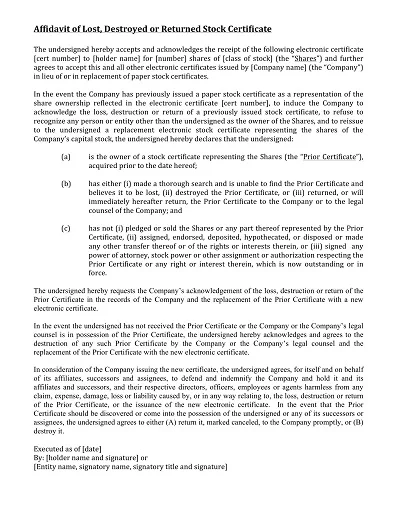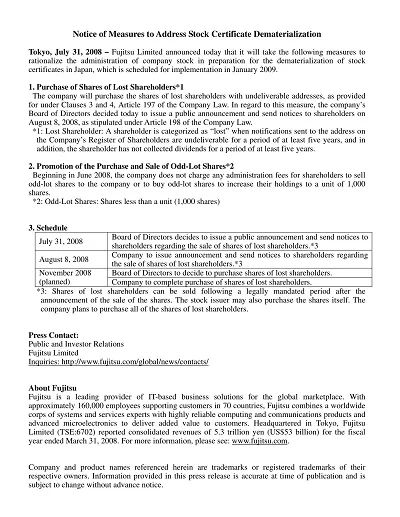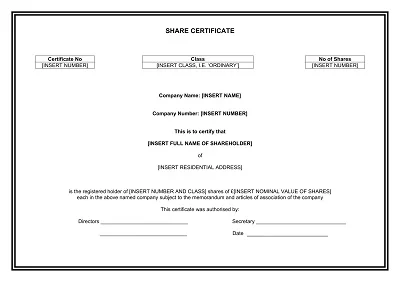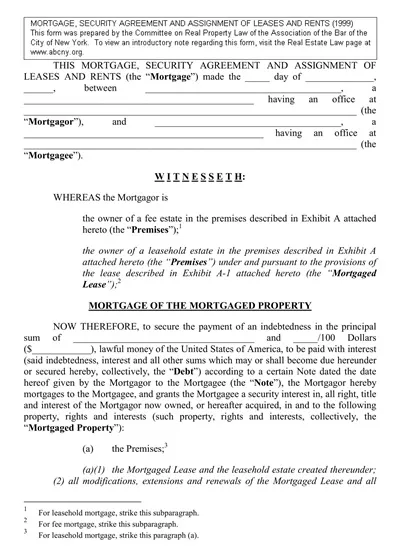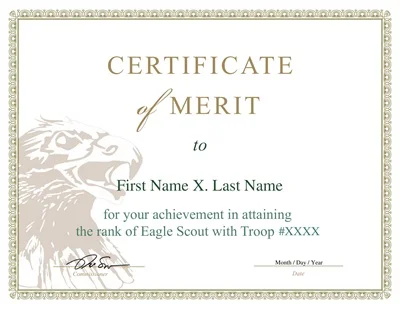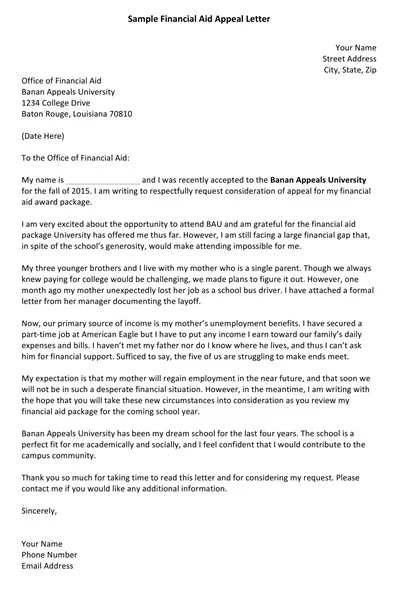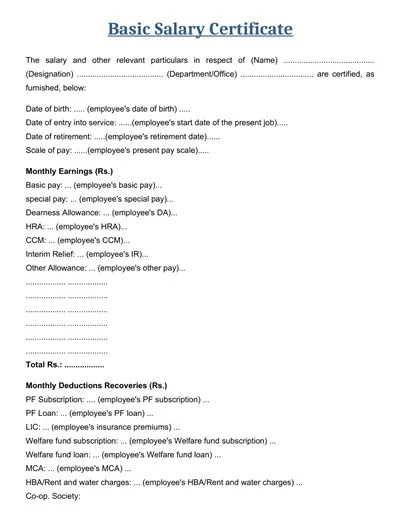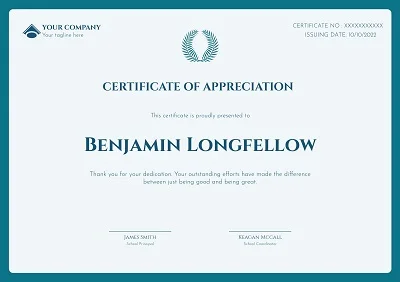A Stock Certificate Template is a document that pre-designed legal firms or corporations can use in a relativity issue to certify or affirm that a particular company stock owns a specific number of shares in its holding. They occupy a rather important place, as they contain crucial information like the name of the shareholder, the number of shares in the certificate, an identification number, and the date of certificate issuance.
In many cases, it is also signed by the company’s official and has an official stamp or seal that gives it extra-legal credibility. Templates can be very easy to work with and suit most companies since they can be easily edited and modified to best suit the needs of the company in question.
What is a Stock Certificate?
A Stock Certificate is a printed or electronic form that provides evidence of someone’s share ownership in a certain company. It incorporates information from the name of the shareholder, the number and nature of shares, and the date of sharing.
In the past, these certificates were physical papers; however, with the rise in technology adoption and the turn to more electronic methods, e-certificates are now more easily found. Regardless of the form, the stock certificate is the materialization that the bearer is interested in a company’s stock, earning capacity, and property.
Types of Stock Certificates
There are different stock certificates, and each type carries different property attributes and privileges regarding the corporation. Below, we detail the most common types:
Common Stock Certificates
Historical standard stock certificates convey all ownership privileges, such as the right to vote on matters put to shareholders. Where the company decides to pay dividends, the holders will be entitled to be paid dividends. Most standard stock certificate holders are typically secondary creditors having a claim on the company’s stock in case of dissolution. They are answered after those with debt securities but ahead of preference shareholders.
Preferred Stock Certificates
Preferred stock is to have stock certificates that contain some preferred treatments compared to common stock. This may include fixed dividend rates plus receiving the proceeds of property realization in preference to common stock. Still, shareholders normally don’t get to vote in preference stock, or their rights are severely restricted.
Bearer Stock Certificates
Since the registration is in the corporation’s books, the bearer stock certificate does not contain an owner’s name, and whoever has the physical documents is the owner of the stocks. These are very flexible & portable but are progressively becoming less in existence due to security & legal measures.
Registered Stock Certificates
The stock certificates to be registered possess the details of the owner’s name and contact information as per the records maintained by the issuing company. This registration allows dividends and any other information relating to the shareholders to be forwarded to the latter. These certificates offer more security and differentiation than simple official documents, which can be achieved with them.
Par Value Stock Certificates
The physical features of stock certificates incorporate a nominal or par value, which is the face value of the stock in question. This has legal consequences in some areas and may be relevant to issues related to dividends.
No-Par Value Stock Certificates
On the other hand, no-par value stock does not indicate any specific value per stock certificate, as most corporations do. This gives companies the freedom to set their stock prices without necessarily having to do it in relation to the nominal face value.
Benefits of Having a Stock Certificate
Owning a stock certificate is associated with various significant advantages for its holder. First, it reminds the holder of its ownership of one or more firms, which may add to its interest and attachment to the enterprise. Second, there exists the problem of security. Owning a physical certificate is easier to secure than copying security documents, whether in soft or hard copy.
Furthermore, in gifting or bequeathing, a stock certificate is a substantial tangible item to pass on to others as a gift or as an inheritance. Lastly, certain people are interested in owning stock certificates because they can be useful as objects of historical and artistic value, which might mean that they would be valuable collectibles in addition to their face value in the stock market.
Components of a Stock Certificate
A stock certificate cannot be dispensed when holding shares; it proves his worth and investments toward the company. It comprises several key components:
- Company Name: This shows the name of the legal entity offering the stock going for sale in the market.
- Shareholder’s Name: Some people may hold the stock for themselves or their families, while others work for companies that own stocks.
- Certificate Number: A scratch or serial number for the stock certificate that helps with filing and easy identification.
- Number of Shares: As established, the value of the total stock that the shareholder possesses.
- Date of Issue: This is the actual date when the shareholders received the company’s stock or corporate shares for their own use.
- Cusip Number: A nine-character identification code of securities.
- Corporate Seal: An emblem or press stamp of the company that usually serves as a sign of integrity.
- Signatures: The signatures of Company officials, such as the CEO and secretary, as well as the dates of signing the document.
These elements allow for confidence in the certificate’s specificity and make it an official document regarding stock ownership.
Importance of Stock Certificates in the Digital Age
Most stock certificates are outdated in the modern world, where almost all transactions are carried out electronically. However, their importance cannot be understated even in our digital age for several reasons:
Legal Proof of Ownership
Securities are one-way people can easily prove that they own a particular share in a specific corporation by presenting their stock certificates. This tangible paper includes information regarding the number of shares a person possesses, the date of issue, and a serial number. At the same time, online records attempt to mimic the security aspect associated with these physical papers.
Historical Value
From a social point of view, stories and cultural values are associated with stud collectors and historians. The bonds were deemed to provide information about the company’s history, the progression of its brands, and even underlying economic factors at the time they were issued.
This makes them desirable items of the collection, especially artifacts from firms that have positively influenced society or no longer exist.
Security Measures
In digital breaches or failures, at least having a paper-based printed stock certificate physically helps with tapping on the shareholder certificate as proof of ownership. They can be easily manipulated or put away. Technological advancement is also prone to technical hitches or cyber criminal activities; thus, paper certifications are useful in actualizing ownership.
How to Create a Stock Certificate Template
There are few procedures that one has to follow for designing a stock certificate to meet the legal and informative necessities.
Here are the key elements to include:
- Company Information: The entry begins with the name of the company who issued the stocks at the top of the chart.
- Its corporate name, which must be the full legal name of the company
- Basic facts about the business such as the legal structure it adopted and the state of its incorporation
- Stockholder Information: This should contain information on who, the stock is being issued to.
- Company/ legal entity details
- Other information: The stockholder’s address is not optional but if available it should be included in the letter.
- Certificate Details: Crucial in identifying and many a times in tracking commodities.
- Certificate number
- Date of issue
- Shares Information: Determine the rights of the shareholders, type, number, and class of issued and authorized shares.
- Number of shares issued
- Type of the Shares which is primarily in following categories, Common or preferred.
- Authorization: Methods by which the certificate could be validated by the given signatures.
- Effective merely and signature of the company’s authorized officer(s)
- Corporate seal (if applicable)
- Cusip Number (if applicable): A code the is assigned to the securities in order to differentiate them from the others.
Able to use a template to produce the company’s stock certificates entails professionalism in work and reduces on chances of experimenting with design.

